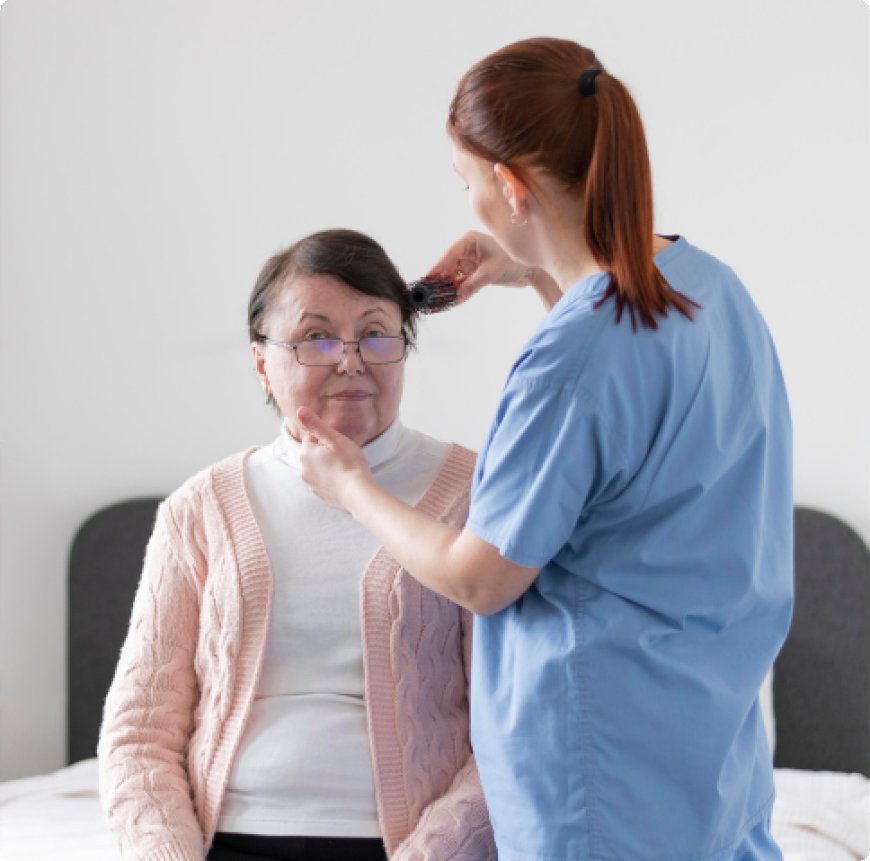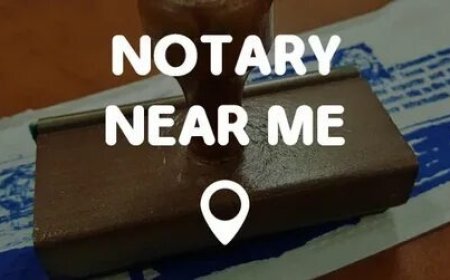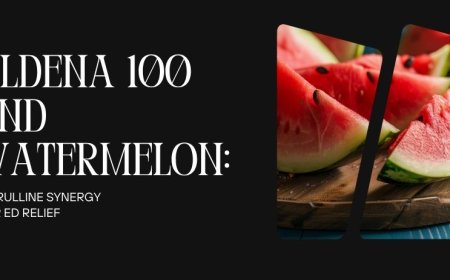The ADL Checklist: The First Step Toward Better Senior Care at Home
At A Better Solution Home Care, we use the Activities of Daily Living (ADL) checklist to understand how seniors are really doing day-to-day.

When youre caring for an aging parent or loved one, knowing what kind of help they really need isnt always clear. One day they seem fine. The next, you notice the same clothes, a pile of dishes, or unopened mail. Thats when theADL checklist becomes more than a formit becomes a lifeline.
At A Better Solution Home Care, we use the Activities of Daily Living (ADL) checklist to understand how seniors are really doing day-to-day. It helps us build personalized, respectful care plans that protect independence while giving families peace of mind.
Lets take a closer look at how the ADL checklist works, what it reveals, and why its a game-changer for families navigating senior care decisions.
Whats on the ADL Checklist?
The ADL checklist evaluates how well someone can perform basic self-care tasks. These are the everyday activities most of us do without thinkingbut for seniors, they can become real challenges over time.
Heres what the checklist typically includes:
Basic ADLs
-
Bathing Can they safely bathe or shower on their own?
-
Dressing Are they choosing appropriate clothing and dressing without assistance?
-
Toileting Can they get to the bathroom and clean up properly?
-
Transferring Are they able to get in and out of bed or chairs?
-
Eating Can they feed themselves without difficulty?
-
Continence Are they managing bladder and bowel control?
Instrumental ADLs (IADLs)
-
Meal preparation
-
Medication management
-
Housekeeping and laundry
-
Transportation and errands
-
Managing finances
-
Using the phone or technology
Each task is rated based on whether the person can do it independently, with some help, or not at all. This creates a clear picture of what kind of care might be needed.
How the ADL Checklist Helps Families Make Smarter Choices
Families often wait too long to ask for help because they dont want to take away a loved ones independence. The ADL checklist flips that conversation. Its not about giving upits about getting support where its needed most.
For example:
-
If your loved one struggles with balance, they may avoid bathing altogether. Thats a fall riskand a hygiene issue.
-
If theyre forgetting to take medications or missing doctors appointments, that could lead to serious health consequences.
-
If the fridge is empty or the house is cluttered, they may be overwhelmed and silently struggling.
The checklist gives families an objective, structured way to talk about these concernsand take action before things escalate.
A Better Solution Home Care: Tailored Services Built Around the ADL Checklist
At A Better Solution Home Care, we use the ADL checklist as a foundational tool for every new client. Heres how it shapes the care we deliver:
? Personalized Plans
Every care plan starts with a conversation and an ADL assessment. We figure out exactly what tasks a client needs help withand where theyre still independent. That balance matters. We never want to take away control that a client still has.
?? Right-Sized Care
Not everyone needs 24/7 help. Some people only need a few hours a week for errands or meal prep. Others need daily support with dressing and hygiene. The checklist helps us match services to real needs.
? Flexible and Ongoing
Needs change. Whether someone is recovering from surgery or dealing with a progressive condition like dementia, we update the ADL checklist regularly to make sure the care stays aligned with reality.
?? Dignity First
By targeting only the areas where support is needed, we preserve independence and self-worth. Our caregivers are trained to help with clients, not just for them.
Real Care, Real Impact
Lets say a senior named George lives alone. His family notices hes eating frozen dinners every night and skipping showers. After going through the ADL checklist with A Better Solution Home Care, we identify the key pain points:
-
Needs help with meal prep, bathing, and laundry
-
Is still capable of managing medications and finances
His customized plan includes caregiver visits three times a week for cooking, hygiene assistance, and light housekeeping. Everything else, George handles on his own.
Thats the power of the checklistit focuses help where it counts, without overreaching.
When Should You Use the ADL Checklist?
If youre starting to worry about a parent, grandparent, or spouse, now is the time. Early use of the ADL checklist can uncover minor struggles before they turn into major health or safety issues.
Its especially helpful after:
-
A fall or injury
-
A hospital stay
-
A new medical diagnosis
-
Noticeable changes in hygiene, appetite, or energy
The sooner you have a clear picture of whats really going on, the sooner you can get the right help in place.
Take the First Step Toward Peace of Mind
You dont have to figure it all out alone. At A Better Solution Home Care, we make the process simple, respectful, and focused on what matters mosthelping your loved one live safely and comfortably at home.
Start with the ADL checklist. Its more than paperworkits a path to understanding, action, and relief.
Ready to talk?









































